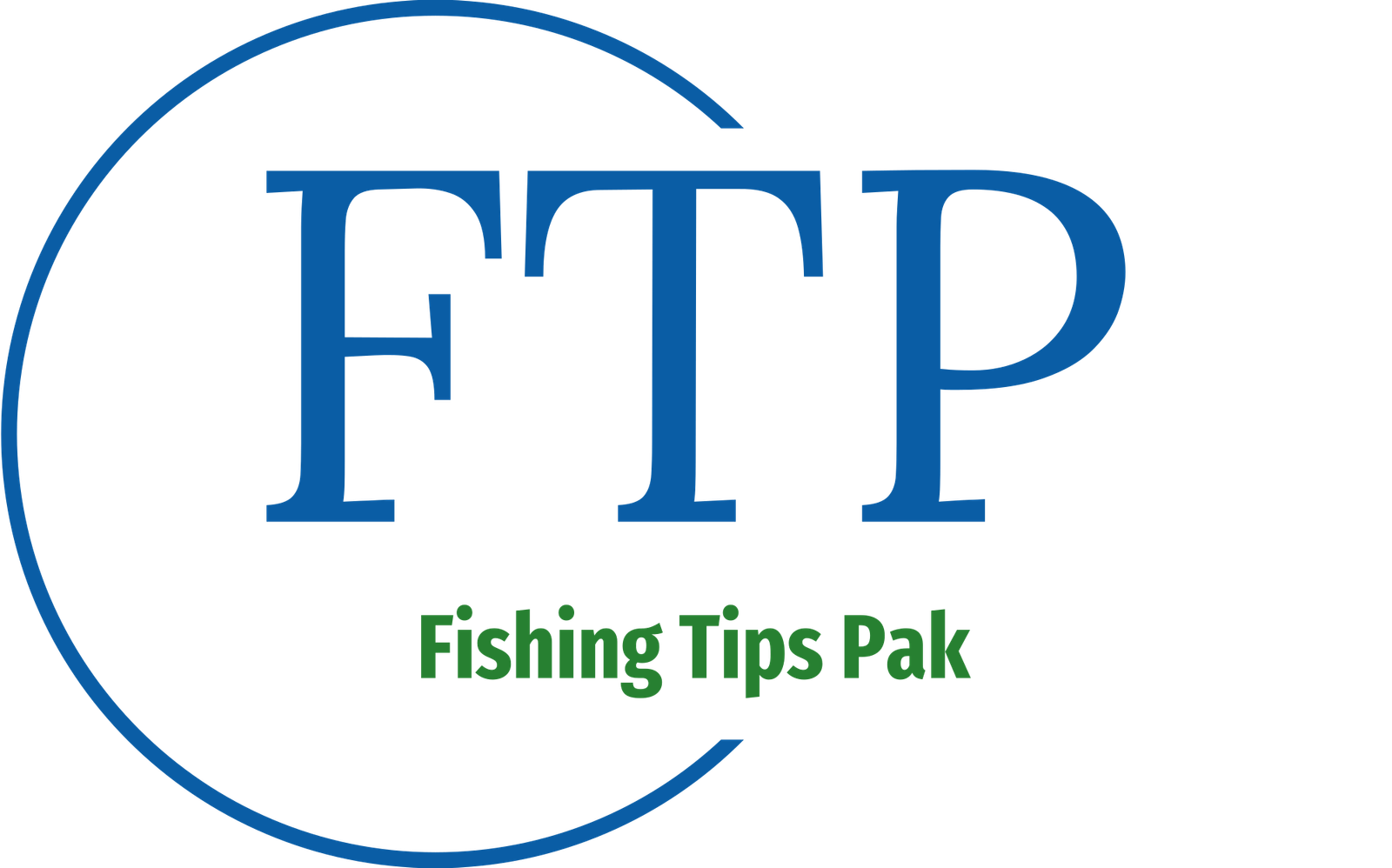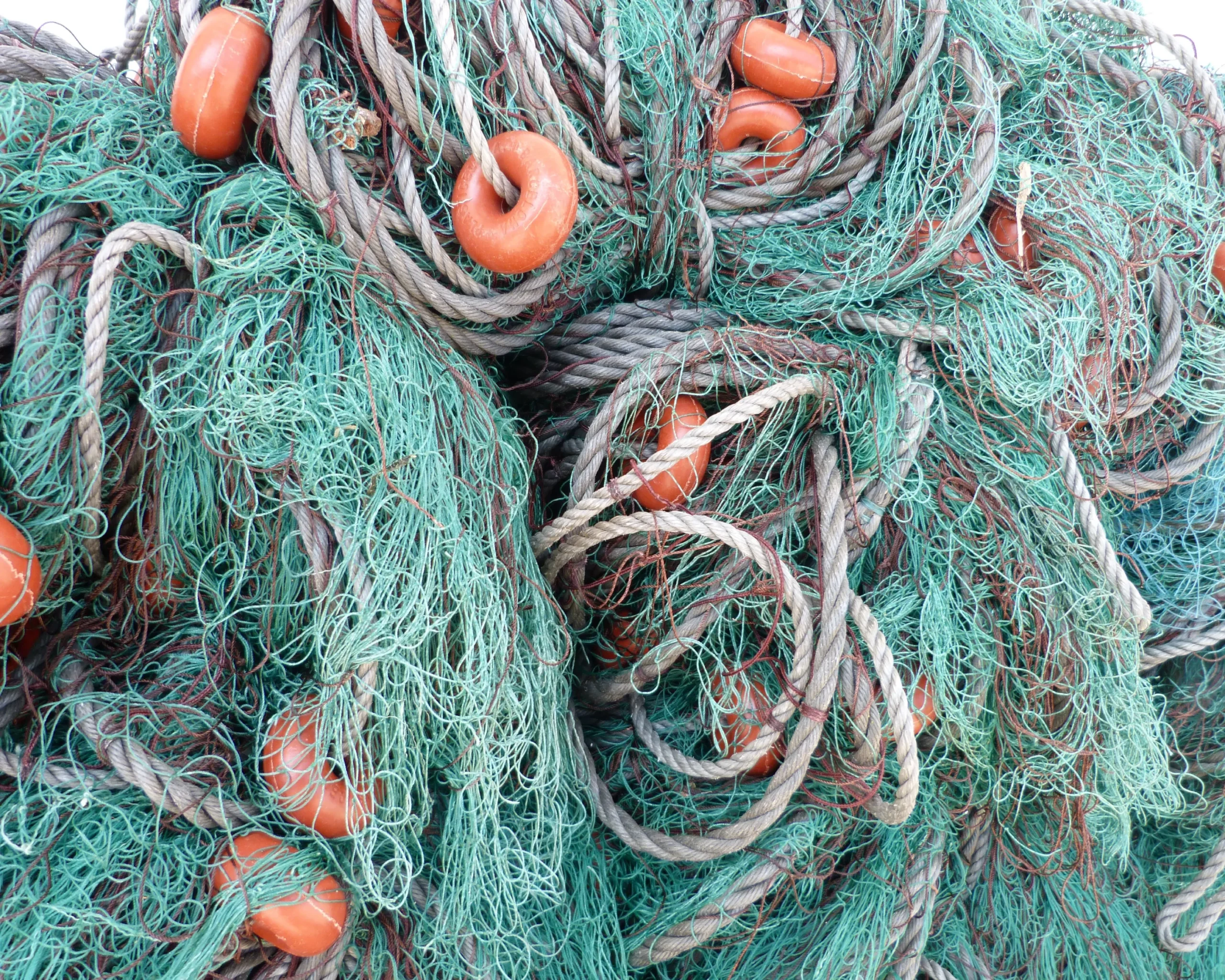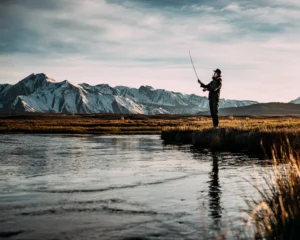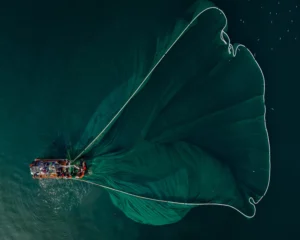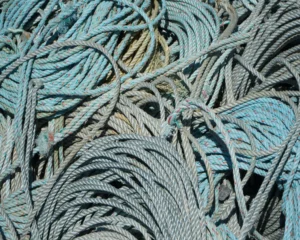Read in Urdu Language Click Here.
Gill Netting:
Gill netting is a fishing method that involves using a net with vertical panels of mesh to catch fish. The net is typically set in the water in a way that allows fish to swim into it, and the mesh is designed to entangle the fish by their gills. Gill netting is widely used in both freshwater and marine environments, but it has raised environmental and sustainability concerns due to its impact on non-target species and ecosystems.

Here are the key points about gill netting:
-
Net Design:
Gill nets consist of vertical panels of mesh that are set in the water. The mesh size can vary, depending on the target species and fishing regulations.
-
Anchoring:
Gill nets are typically anchored in place, either by being weighted down with weights on the bottom or buoyed at the top to keep them afloat.
-
Entanglement Mechanism:
Fish swim into the net, and their gills become entangled in the mesh. The fish are then unable to extract themselves, leading to their capture.
-
Target Species:
Gill netting is often used to target specific species of fish, such as salmon, cod, herring, and others. The mesh size and placement of the net can be adjusted to target particular size classes of fish.
-
Bycatch Concerns:
One of the main issues associated with gill netting is the potential for bycatch, which includes non-target species, juvenile fish, and other marine organisms. Bycatch can lead to the unintentional capture and death of species that were not the intended targets.
-
Environmental Impact:
Gill netting has been criticized for its impact on marine ecosystems. The nets can inadvertently capture and harm other marine life, including seabirds, marine mammals, and sea turtles.
-
Regulation and Management:
Due to concerns about overfishing and the impact on non-target species, many regions have implemented regulations and restrictions on the use of gill nets. These may include mesh size limits, seasonal closures, and area restrictions.
-
Alternative Fishing Methods:
In response to sustainability concerns, some fisheries have shifted to alternative fishing methods that are more selective and environmentally friendly, such as hook and line fishing, traps, and more modern gear technology.
-
Cultural and Traditional Use:
In some regions, gill netting is an integral part of traditional fishing practices, providing livelihoods and sustenance for local communities. Balancing cultural practices with sustainable fishing management is a complex challenge.
It’s important to note that the environmental impact of gill netting can vary depending on factors such as the type of net used, fishing practices, and the regulatory framework in place. Sustainable fishing practices and effective management are essential to mitigate the negative impacts associated with gill netting.
Read in Urdu Language Click Here.
